When you think of copper, your mind probably doesn’t go to foods. You may think of electronics or jewelry, but copper also plays a significant role in our bodies. Copper is an essential trace mineral that all humans need to maintain optimal health (1). It’s involved in signaling throughout the body (2). In the last two years, copper deficiency has become frequently recognized. Some common copper deficiency symptoms include anemia, low white blood cell count, osteoporosis, folate deficiency, paleness, autoimmunity, neurological problems, and more (3, 4). Copper is directly linked with zinc, too (5). If you supplement with zinc regularly, it’s essential to make sure you’re also getting enough copper.
Table of Contents
Foods High in Copper
It’s important to make sure you get adequate copper in your regular diet. With the right foods, you can make that possible. Here are some foods that have high copper levels below.
1. Spirulina
Spirulina is a biomass of cyanobacteria found in oceans and salty lakes. Cyanobacteria are also known as blue-green algae. It’s safe for humans and animals to consume. Spirulina has grown to be a popular superfood among many health and wellness groups because of the potent effect it can have on human health. Spirulina contains 20% of the suggested daily allowance of copper (6). It’s also packed with many other beneficial nutrients, like iron, B vitamins, protein, and antioxidants (7, 8). One study found that spirulina played a role in reducing copper toxicity and improving overall cell growth(9). In another study, spirulina even played a role in regulating heavy metals (10). Spirulina can even reduce blood pressure (11), and it has anti-cancer properties (12).
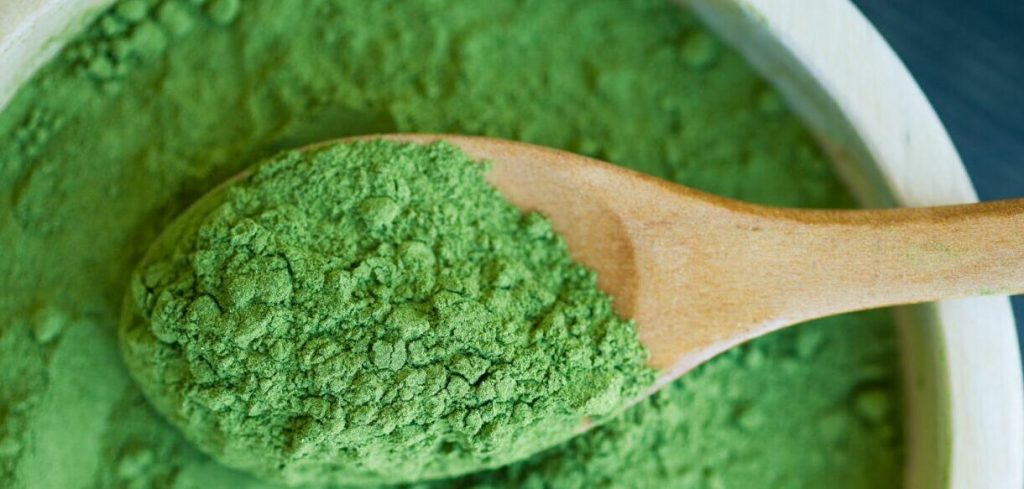
Spirulina has a deep blue-green color and an earthy taste. For that reason, it can be hard to eat plain. Many mix it into smoothies to disguise the taste. Here’s a great smoothie recipe to try. Start by mixing spirulina with nut butter, almond milk, spinach, cacao nibs, cinnamon, and a mint leaf for a mint-chocolate treat. You can even buy it in a supplement capsule form.
Summary: Spirulina is extremely nutritious and contains 20% of the suggested daily allowance of copper. A single tablespoon (7 grams) gives nearly half of your daily copper needs.
2. Beef liver and Organ Meats
Organ Meats are very high in copper. Beef liver, for example, has 12,400 mcg in only 3 ounces. Organ meats are healthy for many other reasons as well. They’re excellent sources of iron, zinc, protein, and B vitamins (13, 14). The beef liver and other organ meats can be known as a super-power meat by itself. Why? Because it has tons of essential vitamins and minerals per serving. It’s considered organ meat. It’s high in vitamin A, B, D, E, K, iron, phosphorus, zinc, magnesium, and lastly, copper (15, 16).
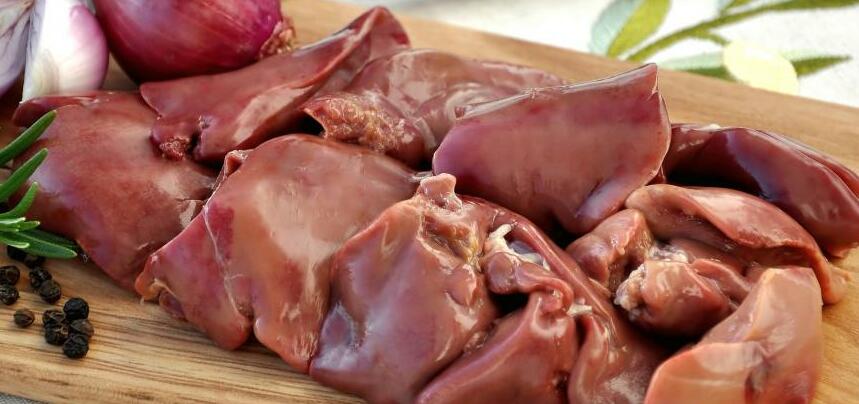
Other organ meats include the heart, kidney, brain, tongue, and tripe. They are very popular and known as a delicacy in countries like the U.K., but not as commonly found in the U.S. One popular British dish called brawn is made up of many different organ types of meat like the liver, lungs, and the spleen. If you get squeamish with these types of meat, there’s an easy way to consume these nutritious foods. Snack on liver and beef jerky instead. Beef liver jerky is a delicious way to incorporate more copper and iron into your diet. It’s also cost-effective, easy to store, has a long shelf life, and it’s great to take on the go.
Summary: Beef Liver has 12,400 mcg of Copper in only 3 ounces. And, just one slice of calf liver boasts over 11 times the RDI for copper. Apart from being high in Copper, Organ meats are also excellent sources of iron, zinc, protein, and B vitamins.
3. Oysters and Crab
Oysters are one of the most nutritious shellfish. They’re a great way to get plenty of iron, zinc, and copper (17, 18). Only 3 ounces of oysters has 4,850 mcg of copper. Oysters aren’t always easy to come by fresh, but there are other options, too. Buy oysters in a can at your local supermarket for an easy solution. They usually come smoked and in olive oil.
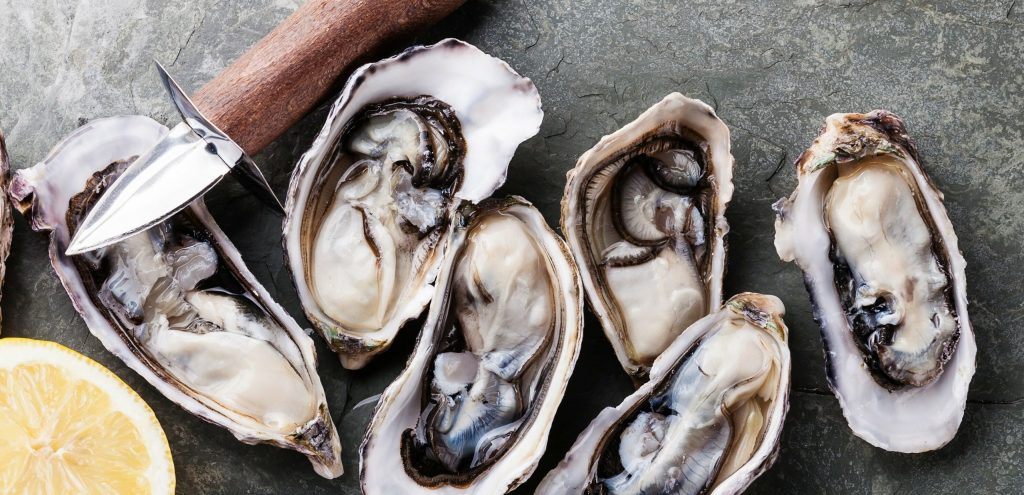
They taste great in many different recipes. You can make a simple pasta with olive oil and garlic and mix in your oysters. Or, sauté them with butter and mix them with mushrooms and your favorite vegetables. Oysters come with many health benefits. One study done on rats found that those who consumed oyster extract had significantly lower blood pressure and blood glucose. The study tested hypertensive and diabetic rats (19)
Although crab has less copper than oysters, it still packs a powerful punch. Crab contains 624 mcg in 3 ounces. Make sure to purchase real crab instead of imitation crab meat. Imitation crab meat has unnecessary additives and not as much nutrition.
Summary: Oysters are very nutritious and are high in copper, iron and zinc. Only 3 ounces of oysters has 4,850 mcg of copper. Crab contains 624 mcg in 3 ounces.
4. Unsweetened Dark Chocolate
Chocolate has many health benefits, and high copper is one of them (20). Only one ounce of unsweetened dark baking chocolate has 938 mcg of copper. Dark chocolate also has many powerful antioxidants and nutrients (21). Dark chocolate also has a ton of fiber, iron, magnesium, manganese, potassium, phosphorus, zinc, and selenium (22). Although dark chocolate has health benefits, you don’t have to eat it in large portions. You shouldn’t. If you get a craving, one square of dark chocolate is all you need.
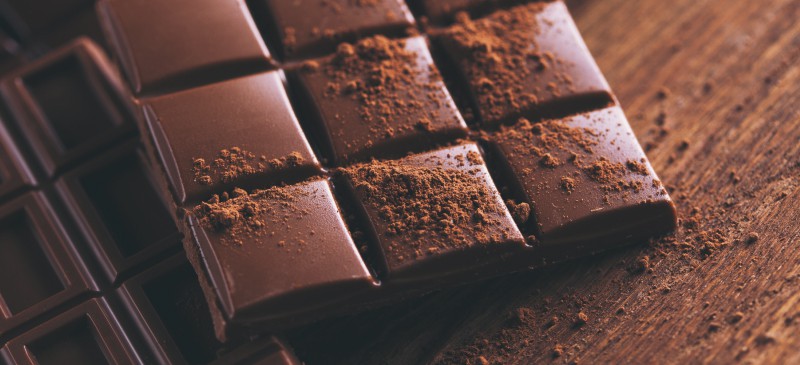
Dark chocolate can even improve blood flow (23), reduce the risk of heart disease (24), and improve brain health (25). It’s important to make sure you consume the unsweetened dark chocolate, not the ones laden with sugar and extra chemicals. Try to purchase dark chocolate that’s at least 50% dark. If you can, aim for 70% or higher for the most optimal health benefits. Usually dark chocolate over 90% is hard for many to tolerate due to its bitterness. But many in the 50-70% range can still be enjoyed with ease.
Summary: Only one ounce of unsweetened dark baking chocolate has 938 mcg of copper. Dark Chocolate is also a powerhouse of antioxidants, fiber, iron, magnesium, manganese, potassium, phosphorus, zinc, and selenium.
5. Potatoes
One medium potato has 675 mcg of copper (26). Potatoes sometimes get a bad rap, because they’re heavy in carbohydrates. But they’re considered to be a healthy part of a balanced diet. Baked potatoes are an easy way to get in some necessary nutrition, too. You can even make your own healthy loaded baked potato at home. Spread some grass-fed ghee on a baked potato and top it off with fresh tomatoes, scallions, and sour cream for a tasty side dish.

Potatoes are also high in fiber, potassium, vitamin B6, and vitamin C (27, 28). Since potatoes are very low in cholesterol, they’re also great heart-healthy food (29). Potatoes are a healthy starchy vegetable. They’re great to eat on days you perform a hard workout because it’s easier to burn off the carbs. You don’t need to eat potatoes every day, for example. Try to switch up the type of potatoes you eat for the most health benefits. Make sure to bake or lightly sauté potatoes, too. Try not to ever deep-fry or even fry potatoes.
Summary: Potatoes are a heathy part of a balanced diet. One medium potato has 675 mcg of copper.
6. Shiitake Mushrooms
Shiitake mushrooms are not usually the most sought after a mushroom. But these mushrooms should be picked up more often. They are highly nutritious and tasty. You get 650 mcg of copper in only 1/2 cup of shiitake mushrooms. They also contain compounds that fight cancer (30), boost immunity (31), and they can help to lower blood pressure (32). They’re also highly beneficial for heart health (33).
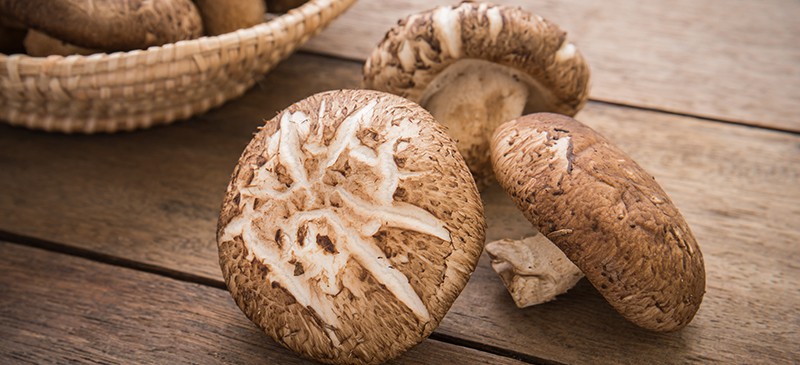
Shiitake mushrooms also contain tons of vitamins and nutrients like fiber, selenium, manganese, zinc, vitamin D, and almost a complete profile of essential B vitamins (34, 35). They’re easy to add to any diet, too. You can simply add them to hearty soups, pasta, omelets, or even eat them as a snack.
Summary: Shiitake mushrooms are highly nutritious and tasty. 1/2 cup of shiitake mushrooms contains 650 mcg of copper.
7. Cashews
Cashews are the nut of choice if you need to boost your copper levels (36). They originate from Brazil, and they contain 629 mcg of copper in only one ounce. Cashews have many beneficial nutrients that help with everything to heart health (37) and voluptuous hair (38). Cashews are a great choice to protect your heart, eyes, skin, hair, and much more (39). They can even assist with weight loss (40) and blood disease prevention (41).
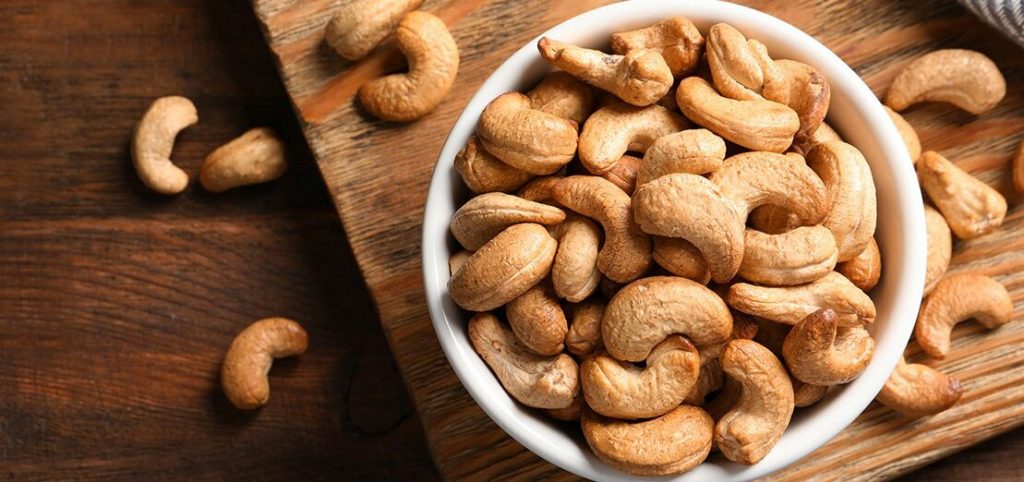
They’re also helpful for digestive health because they are a great source of fiber (42). Cashews are a tasty snack on their own, but you can get creative in the kitchen too. Cashews have a consistency like cheese when blended. You can make a dairy-free cheese alternative with 3 ingredients, water, cashews, and nutritional yeast. If you’re sensitive to dairy, cashew cheese can be your new go-to in the kitchen.
Summary: Cashews contain 629 mcg of copper in only one ounce. What’s more, they’re high in fiber, protein and healthy fats.
Conclusion
Copper is an essential part of a healthy diet. If you think you might be low in copper, speak to your doctor about how you can change your diet or ask about supplements. Keep in mind that copper deficiency can often occur after gastric bypass surgery (43) Copper deficiencies can go unrecognized for years. Anemic patients often aren’t typically tested for copper. Copper deficiency can be mistaken for low B12.
Make sure to do everything in your power to get enough copper into your diet by eating a balanced, whole foods type diet. Try some of these foods out for a change of pace.


